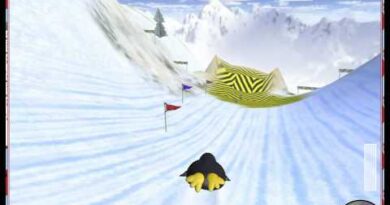Complex Cameras on Linux – Mauro Carvalho Chehab, Samsung
Complex Cameras on Linux – Mauro Carvalho Chehab, Samsung
The media subsystem supports two types of camera devices:
“traditional” media hardware, supported via standard V4L2 API, via device nodes, called devnode-based drivers. On those hardware, image processing happens at the camera. Those are meant to be used by customer-based devices.
Media-controller based devices, supported by 3 sets of APIs: Media Controller, V4L2, and V4L2 subdevices. Those are meant to be used by SoC-based embedded devices. On those devices, image processing happens at the SoC.
Devnode-based drivers are supported by “standard” media applications, but right now, media-controller based devices require a special design application.
Along with this speech, we’ll cover both types of camera hardware and describe a recent effort of making both compatible with standard camera applications.
About Mauro Carvalho Chehab
Mauro is the upstream maintainer of the Linux kernel media and EDAC subsystems, and also a major contributor for the Reliability Availability and Serviceability (RAS) subsystems. He is a KDE developer, where it maintains Kaffeine since 2016. Mauro also maintains Tizen on Yocto packages upstream. He works for the Samsung Open Source Group since 2013. Has worked during 5 years at the Red Hat RHEL Kernel team, having broad experience in telecommunications due to his work at some of the Brazilian largest wired and wireless carriers.
linux foundation



